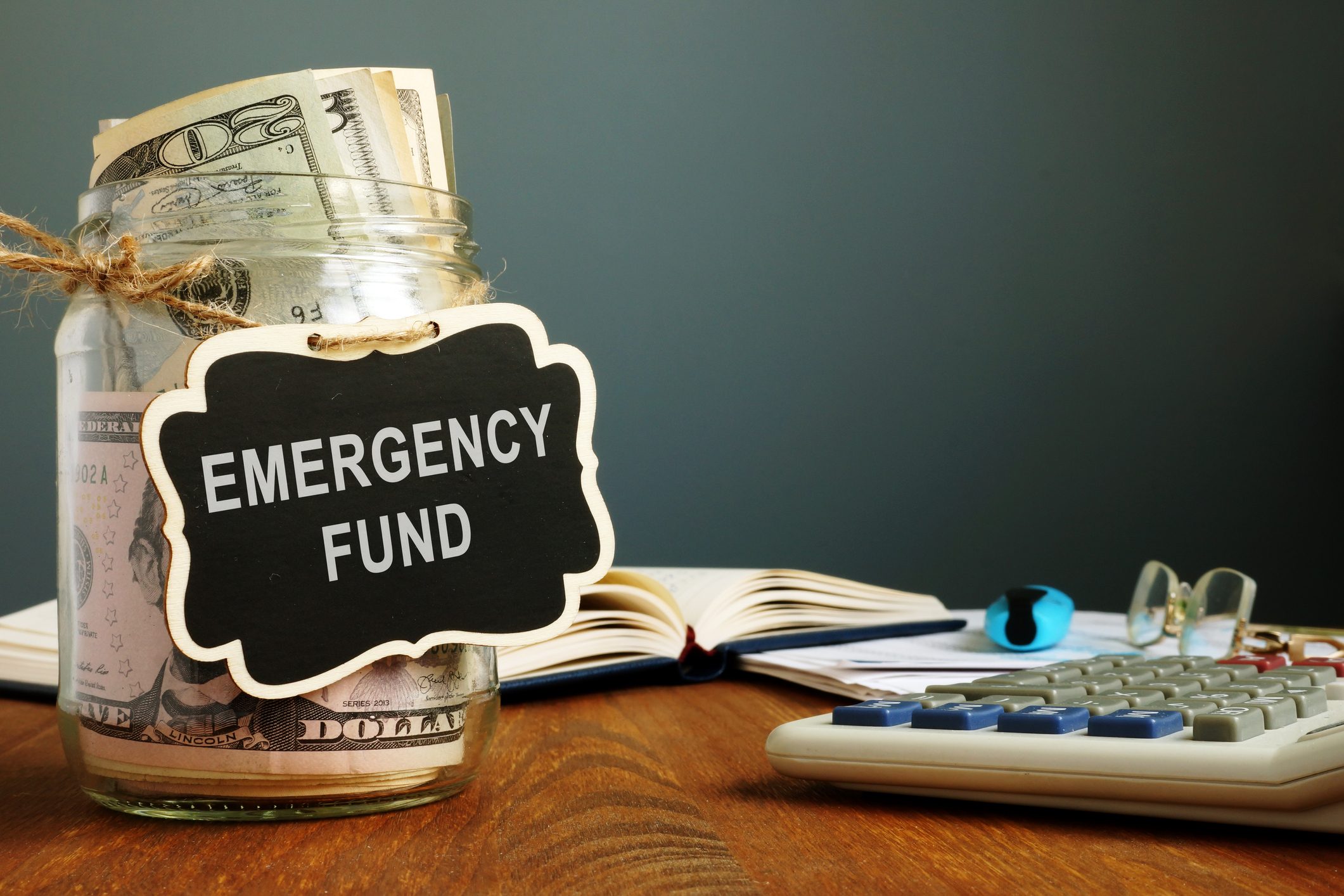Is Your Emergency Fund Too Small, Too Big, Or Just Right?
Is Your Emergency Fund Too Small, Too Big, Or Just Right?
By: Stacey Nickens
Goldilocks didn’t have to build an emergency fund. She knew that she could break into any number of bears’ homes and have as much porridge as she needed, but the rest of us aren’t so lucky. How much porridge do we need to set aside for months when the grain crops aren’t producing enough to meet our needs?
With recessionary fears in the air, you may be assessing whether or not your emergency fund could meet your needs should you be laid off, experience a drop in Social Security payments, or be faced with other financial hardship. Typically, experts advise that you maintain an emergency fund that equals 3-6 months’ worth of living expenses, but this advice still seems vague. Should you have closer to three months or six months’ worth of living expenses? What expenses should your emergency fund be able to cover?
The stability of your income will dictate the size of your emergency fund. For example, teachers generally have more job stability that someone working for a technology start-up. Someone in an expanding industry likely has more stable job prospects than someone working in a contracting industry. If you are in retirement, you can calculate the percentage of your income derived from Social Security and pensions. Such income is considered stable in comparison to income from retirement accounts. The more stable your income, the less funds you need in the event of an emergency. A retiree who has 70% of their income coming from stable income sources could have 2-3 months’ worth of living expenses in an emergency fund, but a retiree who only has 30% of their income coming from stable income sources might want a larger emergency fund.
Emergency funds should be large enough to cover your non-discretionary expenses. Non-discretionary expenses are essential expenses. Non-discretionary expenses include mortgage payments or rent, bills and utilities, and food. Comparatively, discretionary expenses are non-essential expenses. Your emergency fund need not cover discretionary expenses such as travel or hobbies, as these expenses could be cut out in the event of a financial emergency. You should accordingly review the amount you spend on non-discretionary expenses each month to determine the amount of your monthly non-discretionary expenses.
If you need to increase your emergency funds, you should take steps to cut out non-discretionary expenses and set aside the savings. You could also invest a portion of your assets in income-earning equities, such as preferred stocks or Dividend Aristocrat stocks, and use the dividends to replenish your emergency fund.
If your emergency fund significantly exceeds your needs, consider investing a portion of your cash. Keeping too much of your savings in cash could impact your financial health by minimizing growth in your portfolio. Moving surplus savings to an investment account could allow the cash to grow more quickly than it would in a bank account. This growth could allow you to reach your goals more quickly. Retirees who have higher portfolio returns are also less likely to run out of money in retirement. Using the bucket approach to savings, investing this surplus cash in income-earning equities could allow you to generate income for your emergency fund, making it easier to replenish the fund should you need to dip into it.
With current economic volatility, it may be tempting to maintain a sizable emergency fund. While this move may be appropriate given your circumstances, you should review your income stability and non-discretionary needs to develop an accurate estimate of your savings needs. You want to make sure you have enough savings while also not forgoing growth and income out of fear. You can contact our experienced financial planning team if you would like further assistance.







